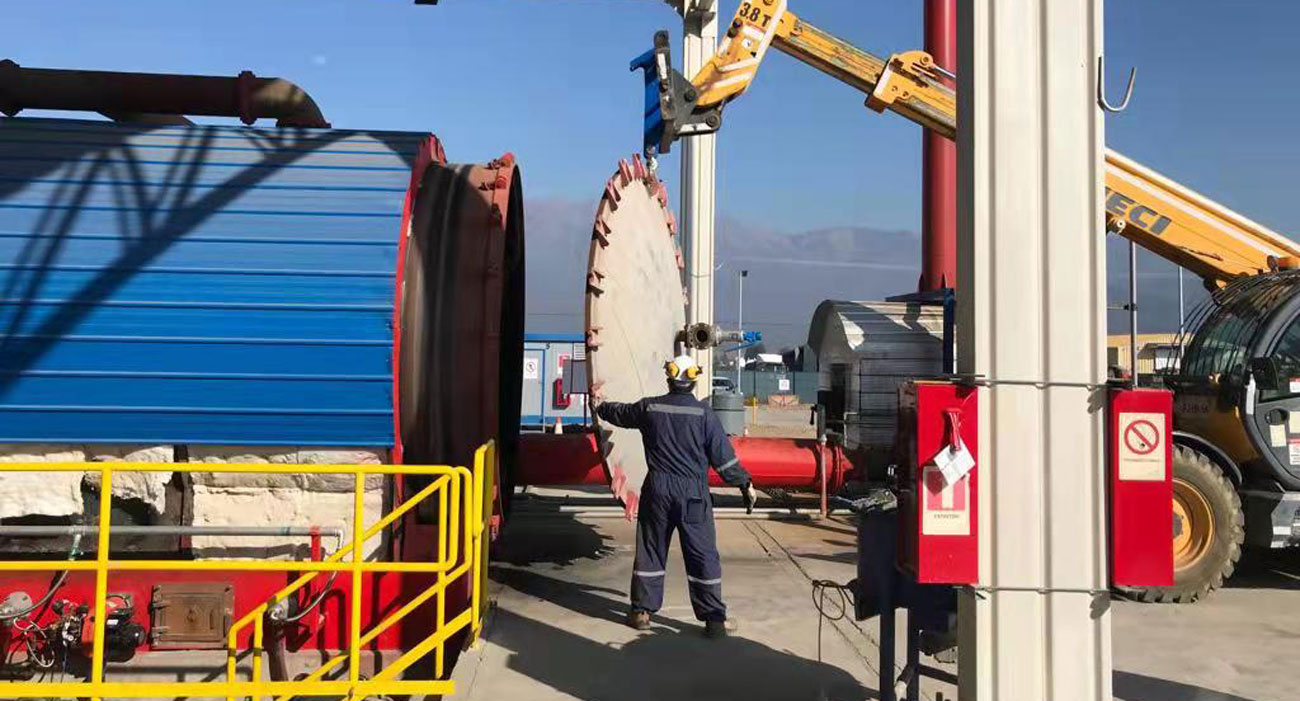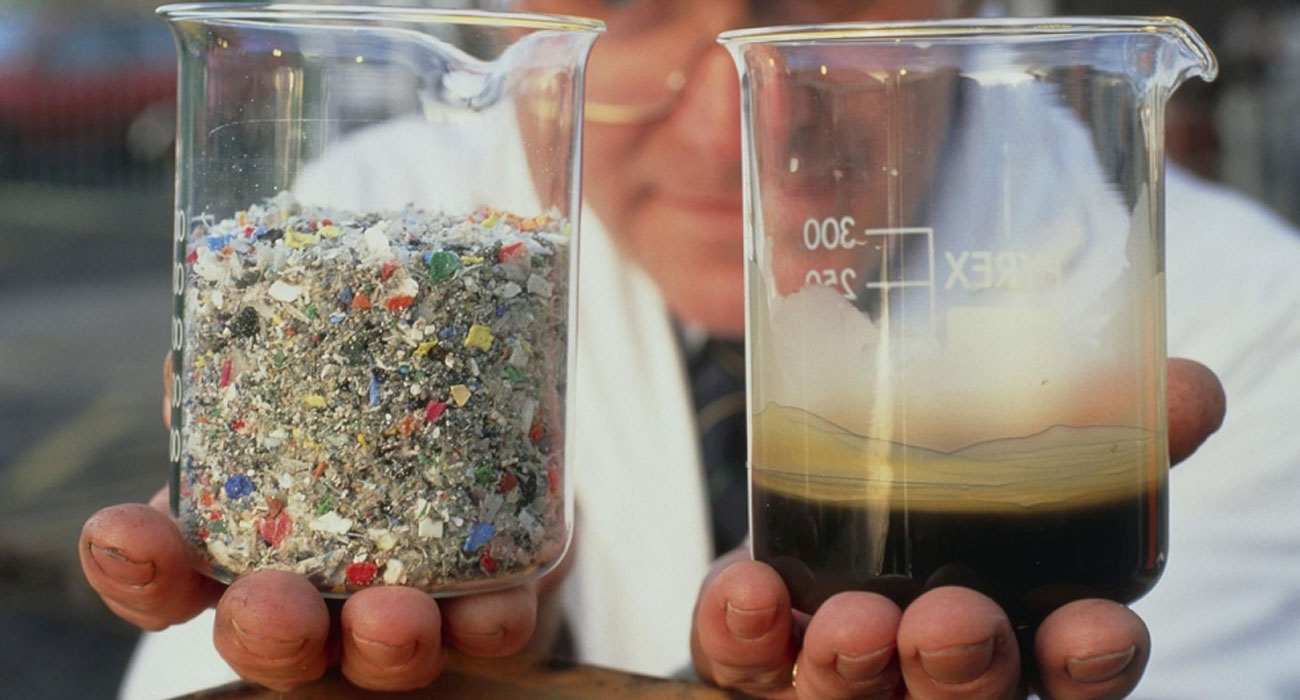In the relentless pursuit of sustainable practices, the realm of recycling stands at the forefront, with innovative technologies like plastic pyrolysis offering a promising solution. By transforming discarded plastic into valuable resources, plastic pyrolysis plants hold the potential to revolutionize our approach to waste management and environmental preservation. However, venturing into this domain is not devoid of challenges and nuances, and to unlock the full potential of plastic pyrolysis, several critical factors demand meticulous attention.
-
Feedstock Selection
At the heart of any successful waste plastic pyrolysis plant lies the judicious choice of feedstock. Not all plastics are created equal, and the composition of the feedstock greatly influences the efficiency and yield of the pyrolysis process. Selecting the right plastic materials, such as polyethylene, polypropylene, or polyethylene terephthalate (PET), is essential for optimal results.
-
Quality Over Quantity
Prioritizing the quality of the plastic feedstock is paramount. Contaminants, including paper labels or residual food waste, can adversely affect the pyrolysis process, resulting in lower oil yields and increased maintenance.
-
Maintenance and Cleaning
Continuous attention to maintenance and cleanliness is a non-negotiable aspect of running a continuous pyrolysis plant to treat waste plastic. Over time, the accumulation of carbon deposits, known as coke, can hinder the efficiency of the reactor. Regular cleaning is crucial to prevent such buildup.
-
Operating Temperature
The pyrolysis process occurs within a specific temperature range, typically between 300°C and 600°C, where plastic materials undergo thermal decomposition. Precisely maintaining this temperature is vital for maximizing oil yield.

-
Residence Time
The length of time that plastic feedstock remains in the reactor, known as residence time, is a fundamental variable. It directly impacts the quality and quantity of the end products. A longer residence time can improve oil yield, but excessive duration can lead to thermal cracking and diminished oil quality.
-
Catalysts
The introduction of catalysts can expedite the pyrolysis process. Zeolites, for instance, are often used to enhance the cracking of plastics into hydrocarbons. However, catalysts require specific operating conditions and necessitate monitoring to prevent deactivation.
-
Gas Recycling
It’s not merely oil that emerges from the pyrolysis plant. Gases, including carbon dioxide and methane, are produced and should not go to waste. Incorporating gas recycling systems can significantly reduce operating costs by reusing these byproducts.
-
Oil Collection and Condensation
Efficient oil collection and condensation systems are indispensable. This process typically involves cooling the pyrolysis vapors to condense them into liquid oil. Any oversight here can lead to the loss of valuable end products.

-
Environmental Compliance
Navigating environmental regulations and ensuring compliance is vital. Emissions from plastic to oil machine can impact air quality. Therefore, utilizing effective emissions control systems is essential to meet legal requirements and contribute to a cleaner environment.
-
Economic Viability
While the environmental benefits of plastic pyrolysis are clear, ensuring economic viability is equally critical. Thorough financial planning, including budgeting for equipment, operational costs, and market analysis, is essential for the sustainability of the venture.
-
Market for End Products
Understanding the market for the end products is essential. Whether you’re producing pyrolysis oil, carbon black, or syngas, a well-defined market strategy is needed to ensure the saleability of these materials.